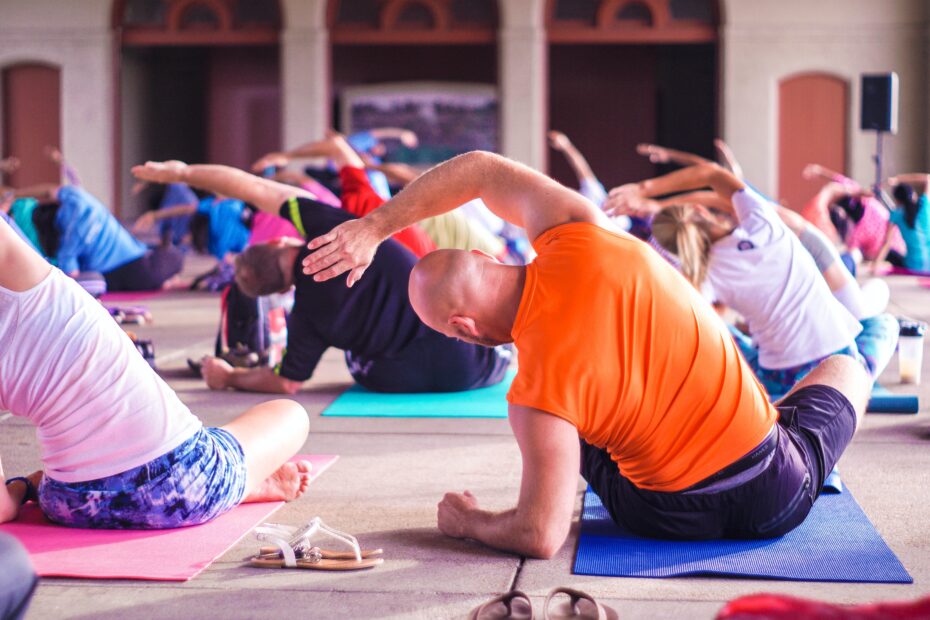The right teacher or class will depend upon, among other things, the student’s reasons for beginning a yoga practice.
The “inflexible” student who begins a yoga practice to lose weight may feel frustrated by the pace of a beginner/gentle class, regardless of the talents of the teacher. The same student with a different goal – say stress relief – may find the pace of a beginner/gentle class very satisfying.
Both students will have to honestly and realistically evaluate their own needs and abilities and look for the right teacher and class from there.
The Right Yoga Teacher for Inflexible People
That said, for the stiff, brand new yoga student, some teachers can offer more guidance than others by creating a class atmosphere that is safe for everyone, regardless of experience level. Such a teacher is knowledgeable about anatomy, posture modifications and yoga props and teaches class in a way that fosters non-competitiveness and self-care.
This teacher helps students cultivate the very important attitude of self-acceptance and of steady, gradual “practice,” a perspective which helps all students listen to their bodies and work where they are without pushing to the point of injury or obsessing over their inability to look just like the teacher or other students.
The following modifications could be practiced in a yoga class or at home. They involve the use of yoga blocks, which are found in many fitness setting, and blankets, which are common in yoga studios.
Yoga Modifications for Tight Hamstrings
Sit on a rolled mat, folded blanket, or yoga bolster in seated forward bends. This changes the angle of the hips, takes pressure off of the hamstrings, and allows the lower back to lengthen, which can be important in avoiding injury to this area.
Use a yoga block in standing bends. Students with tight hamstrings sometimes joke that their arms aren’t long enough to reach the floor. A block fills the gap between the hand and the floor, giving support and helping the student to deepen the stretch while avoiding the temptation to grope for the floor, a habit which can lead to injury and in some cases can actually allow the student to avoid stretching the tight muscle.
Yoga Modifications For Tight Shoulders
Use a yoga strap or bring a gym towel to class. For students who cannot yet reach hand to hand behind the back, for example, a strap or towel offers an otherwise inaccessible stretch.
Yoga Modifications For Tight Hips
Elevate the hips by sitting on a block or folded blanket in seated cross-leg postures (Figure 3). Many yoga classes begin with breath instruction and “centering,” which is often done in a seated, cross-leg posture that can cause great pain and frustration to students with stiff hips. Sitting on a block or folded blanket relieves pressure in the hips and lower back and lets the spine rise up more easily.
Other Yoga Anatomy Lessons
Before yoga class, a new yoga student may have only a vague idea of where the hamstrings are. During a yoga class this will quickly change. A good teacher is able to help the student avoid an adversarial relationship with these “new” muscles and develop a sense of curiosity instead.
Cultivation of this attitude, however, is ultimately up to the student, and this part of a yoga practice is not always easy. The rewards for this “attitudinal” work, however, extend far beyond flexible muscles into a deeper, freer experience of life off the mat.
